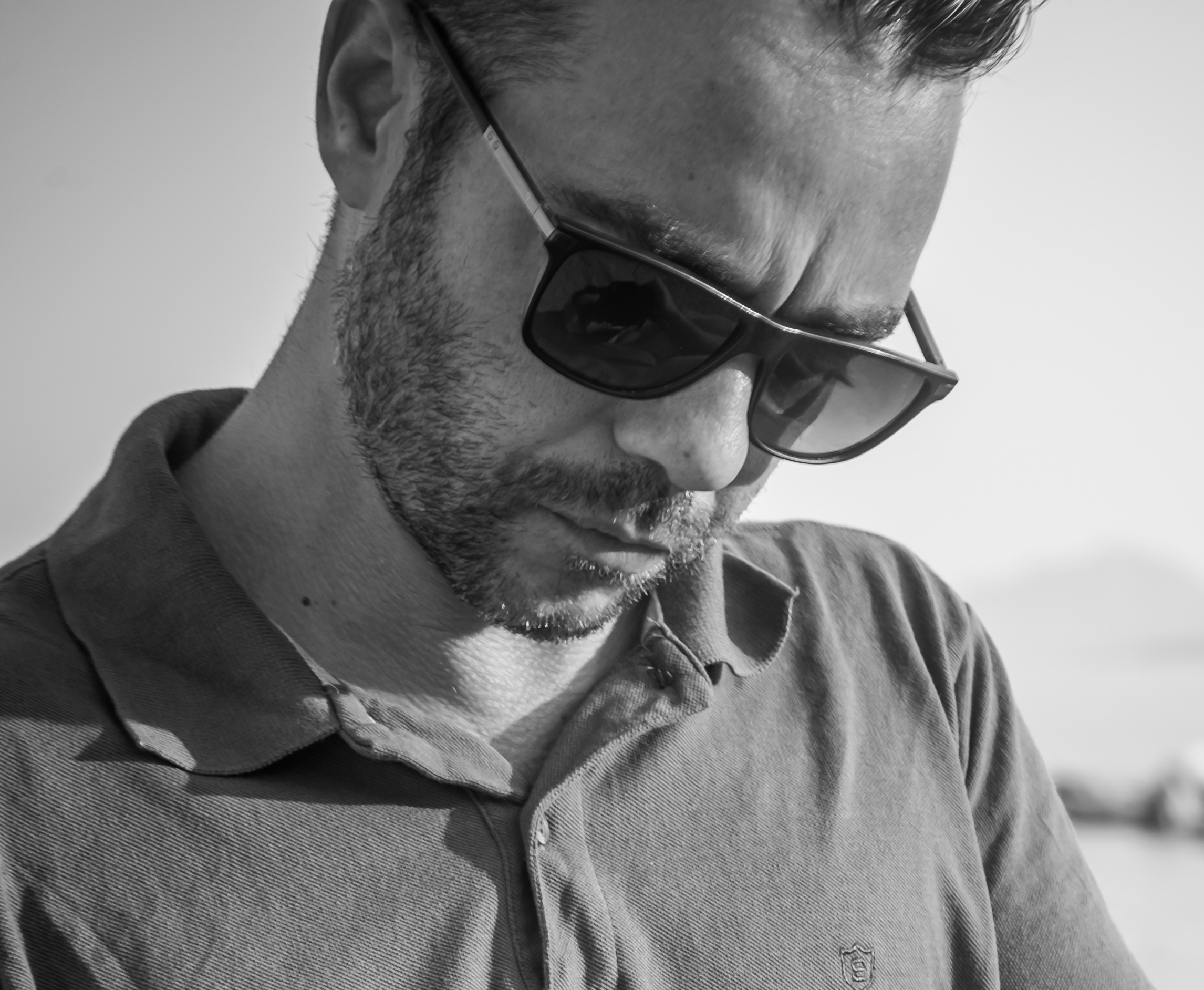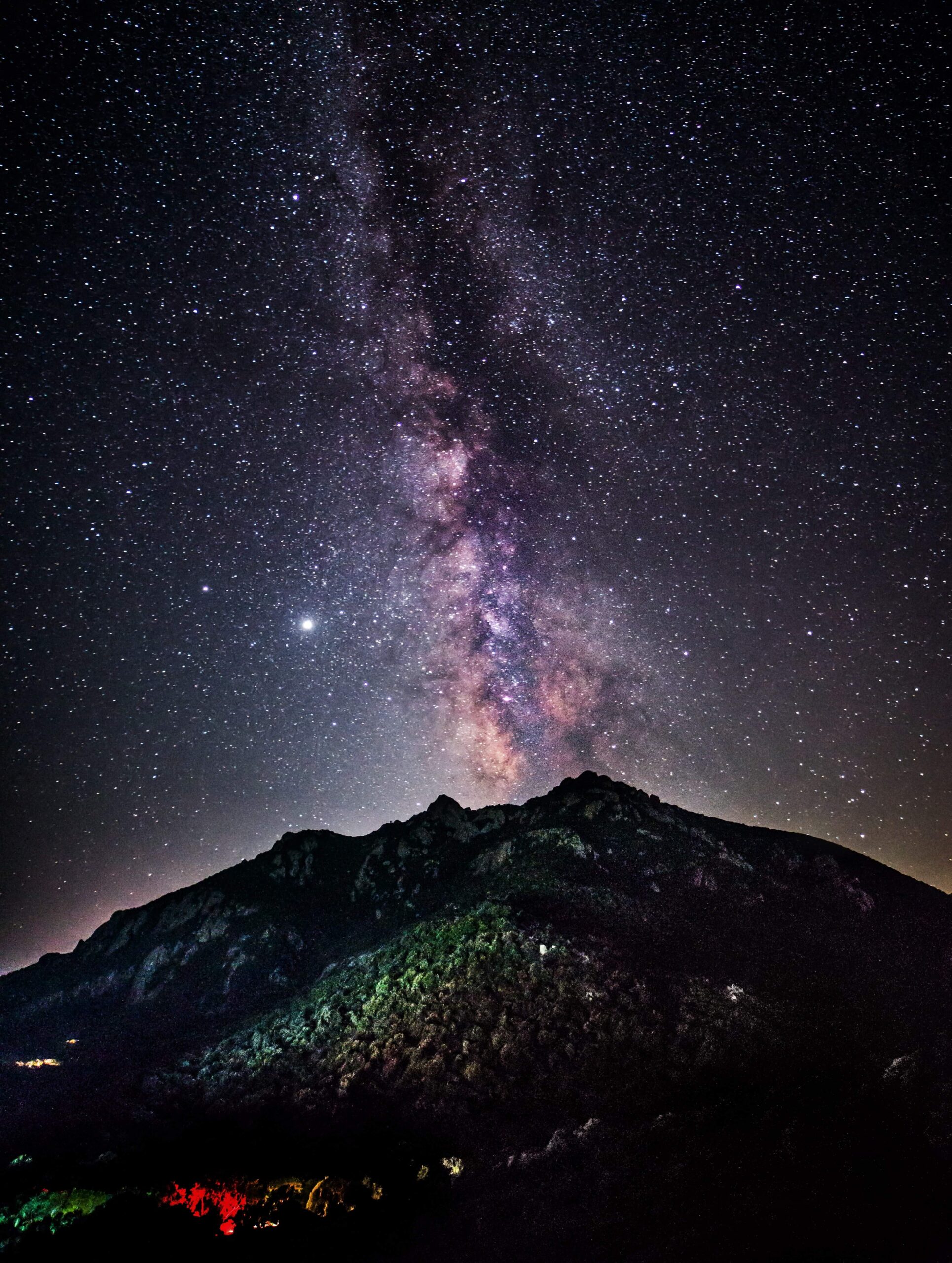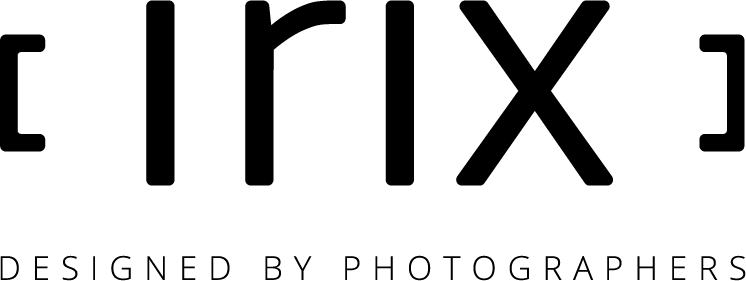Irix Edge Light Pollution Filter – Stunning photographs at night with true colours? Yes, please!

Sample image by Ambassador Stefano Perrone
Considering light as a source of pollution may seem strange at first, but do we ever consider whether turning the light on in one room makes another one next to it more visible? The same thing happens with the city surroundings. They emit light at night in different ways and colours, causing a glow that can ruin our photographs of stars or the Milky Way. Of course, the best solution would be to find a space free of air pollution, low humidity, and light pollution; but here we’ve to face up to brutal realities because there are relatively few places on earth that allow us such luxuries (Atacama Desert anybody?).
 But let’s pause for a moment and consider the issue of light pollution. When looking at the cityscape at night, we can observe a yellowish glow over the buildings and structures, thanks to which we’re unable to see the stars in the sky. It’s in urbanized areas that we usually find sodium lamps, the cheapest source of light in operation. We all know what they are because they emit a typically yellow – and rather unpleasant – light which, paradoxically, is beneficial for us.
But let’s pause for a moment and consider the issue of light pollution. When looking at the cityscape at night, we can observe a yellowish glow over the buildings and structures, thanks to which we’re unable to see the stars in the sky. It’s in urbanized areas that we usually find sodium lamps, the cheapest source of light in operation. We all know what they are because they emit a typically yellow – and rather unpleasant – light which, paradoxically, is beneficial for us.

As we know, light consists of waves of different lengths. The human eye captures a spectrum of light with a wavelength of 400-700 nm, while sodium lamps emit a very narrow spectrum of light with a wavelength of ~ 589nm. Applying this knowledge, we can use an appropriate filter that will cut-off the yellowish colour cast. The Irix Edge Light Pollution filter eliminates much of the light pollution emitted by most cities, thus allowing us to extract more astronomical objects from the sky.
Irix Ambassador Stefano Perrone
User experience

|
ENG |
FR |
|
As an astrophotographer, in my opinion the winning couple for astrophotography is Irix 15mm f/2.4 Firefly + Irix light pollution filter 95mm. , when we talk about astrophotography noise and sharpness are fundamental parameters to obtain a professional result, thanks to this filter I get much more images sharp especially in terms of absorption of artificial light pollution which therefore greatly expands the areas in which it is possible to photograph the Milky Way and the night sky in general, it does an incredible job even with the yellow of city lights making the images much cleaner and real, then the lightness and ease of use make it a filter that allows you to create high-level professional shots! |
Come astrofotografo ho scelto come coppia vincente irix 15mm + filtro irix light pollution 95mm. , quando parliamo di astrofotografia rumore e nitidezza sono parametri fondamentali per ottenere un risultato professionale, grazie a questo filtro ottengo immagini molto più nitide soprattutto in termini di assorbimento dell’inquinamento luminoso artificiale che quindi allarga notevolmente le aree in cui è possibile fotografare la Via Lattea ed il cielo notturno in generale, fà un lavoro incredibile con il giallo delle luci artificiali rendendo le immagini molto più pulite e reali in termine di bilanciamento colore, poi la leggerezza e la semplicità di utilizzo lo rendono un filtro che permette di realizzare scatti professionali anche nelle condizioni più estreme! |

Sample image by Ambassador Stefano Perrone
It’s worth mention that the Irix Edge Light Pollution filter is useful not only in astrophotography; it’s also helpful in any type of photography that takes place at night-time. The yellow light generated by the city’s sodium lighting significantly reduces the contrast and causes an unpleasant colour cast. The light pollution filter will greatly reduce the yellow dominant, thus allowing us to extract the true colours of the city (signs, neon lights, lamps etc.), besides significantly increasing the whole contrast of the photographed scene.

Sample image by Ambassador Stefano Perrone
While being in an urbanized area, let’s concentrate on how we can influence our surroundings and equipment so that the pictures we take are the best to our abilities. Here are a few tips on how to prepare a night-time photo-trip to achieve beautiful photographs.
- Check the humidity. It must be as low as possible. The winter season favours night-time photography because, at temperatures below zero degrees Celsius, the moisture simply freezes, making the air more transparent.
- Investigate into the level of air pollution. It is worth checking to see if there is a high intensity of smog and other pollutants that can negatively affect our photos (and health).
- Use maps that examine light pollution. Light pollution maps are widely available as well as being dedicated smartphone applications. Thanks to them you’ll find the least light polluted places.
Example: https://www.lightpollutionmap.info/#zoom=4&lat=5759860&lon=1619364&layers=B0FFFFTFFFF
- Prepare and get to know the location well. Do some scouting and check where you can take interesting photographs. Ensure that nothing will obscure the picture (like power grid).
- Dress up warmly. The nights are cold. That’s obvious. But when standing still near the tripod, the risk of getting cold is much higher. Besides, your fingers will also become numb which can make the camera difficult to handle. An additional sweater and a thermos of hot coffee are highly recommended!
- Make a checklist. It usually consists of a camera, two lenses (wide-angle and tele), a tripod, light pollution filter, two memory cards and a minimum of two batteries. You can also add other things such as an additional sweater, coffee/tea, headlight and other accessories.
Be sure to take care of your safety. It’s dark. It’s cold. Let someone know that you’re going out at night. You can’t predict what’s going to happen so it’s better that someone be informed. Take a fully-charged smartphone.

Sample image by Ambassador Stefano Perrone
Bonus Tip:
Use the rule of 500!
This rule concerns the apparent movement of the stars in the sky caused by the rotation of the Earth and trying to avoid the effect of moving stars.
This rule is really simple to use: the ‘’500’’ should be divided by our focal length, and the result will be the maximum exposure time with no visible movement of the stars. For example, the lens that we’ll use is the Irix 15mm f/2.4, so we divide 600/15 = the 40s. With such a long period and bright optics (f/2.4) we can use the lowest possible ISO value, thus not only reducing the noise but also allowing our camera to record images with a wider dynamic range, which is really handy when, afterwards, we begin to post process our images.
Now let the photography adventure begin!

Sample image by Ambassador Kuba Witos
Take your Irix Edge Light Pollution Filter and surprise yourself with what stunning affects you can achieve with this filter. Be sure to tag your photographs with the @IrixLens and #Irix so we can see your photographs!
Find Stefano Perrone on:
FB: @nemophotograpy

